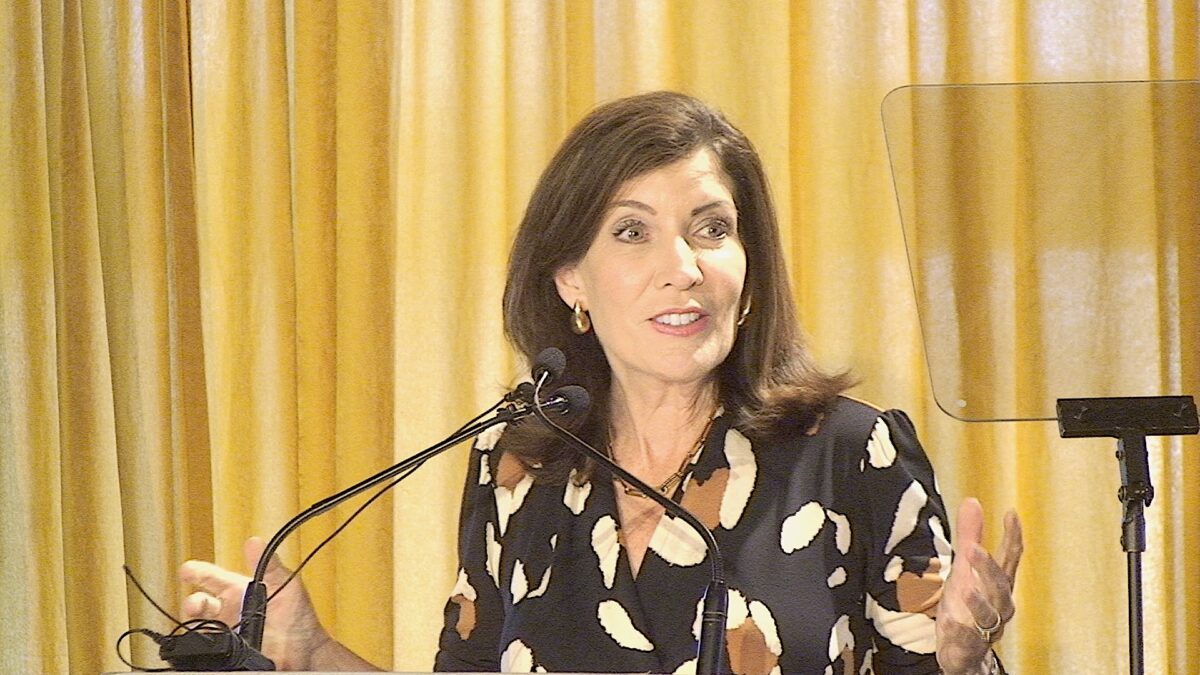A Greenwich man is upgrading a website that helps people create their own miniature foundations, even as the Japan disaster again demonstrates the power of online and text messaging platforms to swiftly collect and funnel donations.
 Created by Stephen Paletta last year, Give Back ”“ www.giveback.org ”“ allows people to set up a foundation through its website and then solicit funds and earn cash through rebates made on purchases from more than 450 participating retailers.
Created by Stephen Paletta last year, Give Back ”“ www.giveback.org ”“ allows people to set up a foundation through its website and then solicit funds and earn cash through rebates made on purchases from more than 450 participating retailers.
In April, Give Back is planning to improve the beta version of its website by allowing members to create profiles. It also plans to debut a credit card with the same affinity purchasing power, in conjunction with Bank of America. Paletta also wants to add local vendors to his roster of participating retailers, which mostly are national brands at present.
“The ultimate goal is to have everything in your life be a charitable act,” he said.
Paletta is hopeful to bring far more interactivity to Give Back later this year ”“ for instance, by creating a mechanism for it to galvanize support for particular causes, whether one-time catastrophes like the earthquake, tsunami and nuclear disaster in Japan, or philanthropies rooted in ongoing needs like education.
“Imagine if we have 5 million people,” Paletta said. “The average person can”™t get through to Bill Gates, but 5 million people can.”
In time, Paletta envisions a social networking functionality on the site in which members can share notes on their favorite causes or other topics related to philanthropy.
A native of Bedford, N.Y., Paletta attended Cornell University and spent a few years with the family construction business ”“ memorable moments including getting held up at gunpoint on a New York City job and his crew inadvertently hitting a water main to flood a subway station.
With a brother, he would strike out on his own in the construction business and go on to win multiple patents ”“ including one for rehabilitating piping, a process he likens to “angioplasty for pipes.” In 2004, he got a big contract in New Orleans ”“ which was wiped out by the arrival of Hurricane Katrina.
Not long after, he accompanied his Greenwich church group on a trip to Rwanda. For Paletta, the trip sparked a desire to find ways to give back. He set up a small foundation to assist schools there and in 2006 his Greenwich pastor caught wind of Oprah Winfrey”™s casting call for a reality show called “Big Give” and told Paletta he ought to try out for it.
He went on to win, receiving $1 million split with half of it reserved for charities of his choice. As he thought through how to give the money away, he hatched the idea for setting up an online engine for people to form their own charities so that they could have the same opportunity in their own lives on an ongoing basis, and Give Back was born.
Obviously the web has led to an explosion of charitable giving sites and has been augmented by Facebook”™s swift ascent, with catchphrases like peer-to-peer giving and social micro-funding used to describe the phenomenon.
FirstGiving.org allows members to set up websites to support philanthropic projects and events; as of March, more than 8,000 organizations had used the site to raise $1 billion from more than 13 million online donors, including about $250,000 for Japan relief in the week following the earthquake and tsunami.
Several Fairfield County organizations have used the site, including the Connecticut Zoological Society, the parent organization for Beardsley Zoo in Bridgeport; Junior Achievement organizations in Bridgeport and Norwalk; and the United Way of Greenwich, one of more than a dozen charities in Paletta”™s town that have used FirstGiving.
ChipIn allows organizations to place a “widget” on their website that includes simply the name of the charitable cause, the amount one wishes to raise, a deadline and a connection to a PayPal account. And TipJoy uses the Twitter service to assist in fundraising.
“It”™s a noisy environment, the Internet,” Paletta said. “There”™s a lot of things going on in the charitable space.”


















